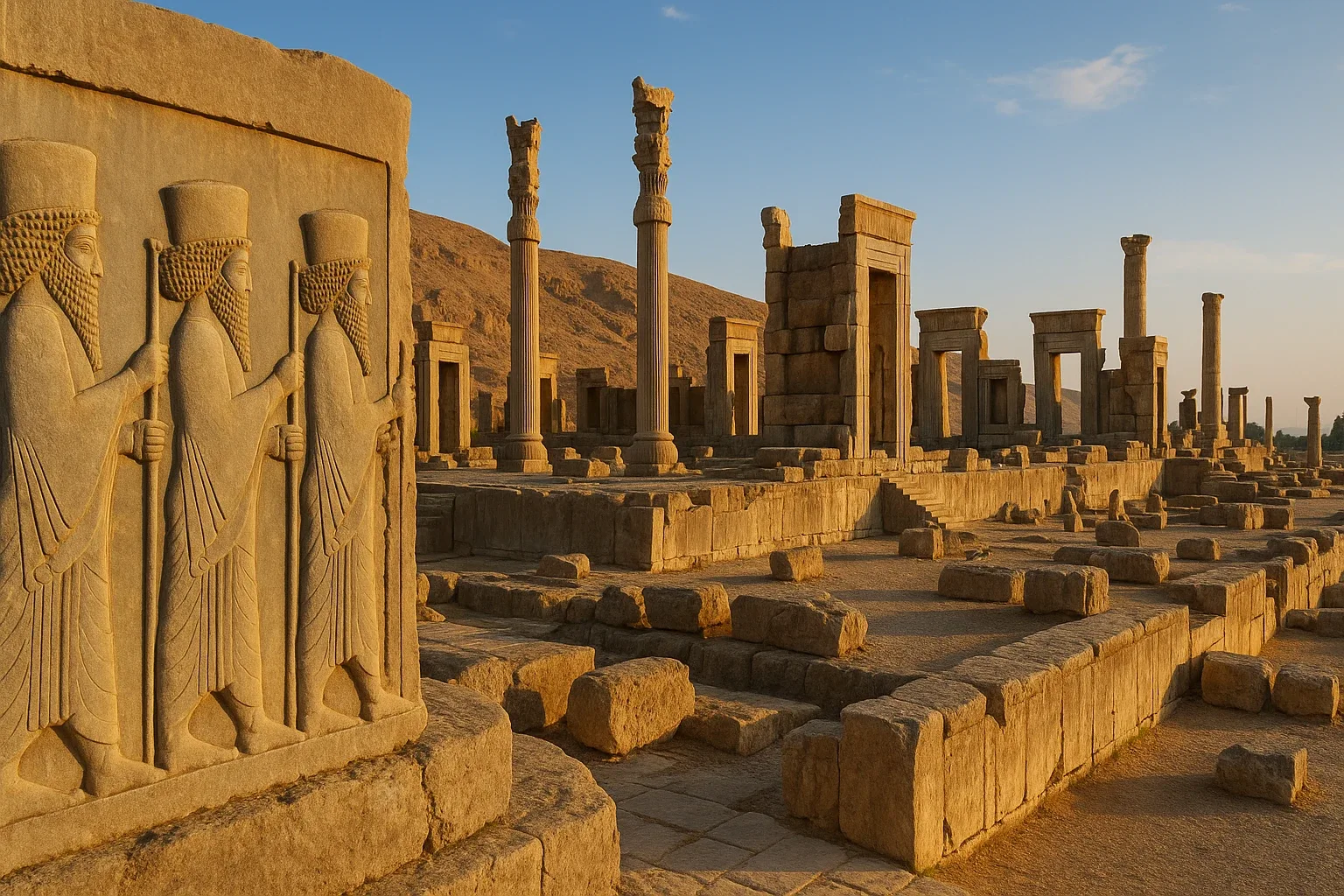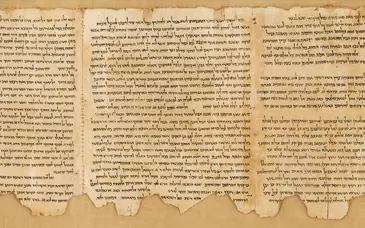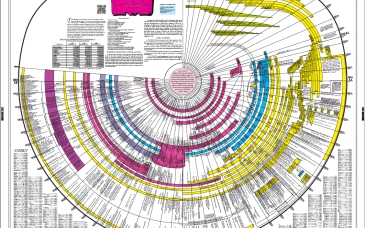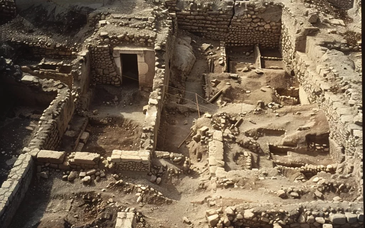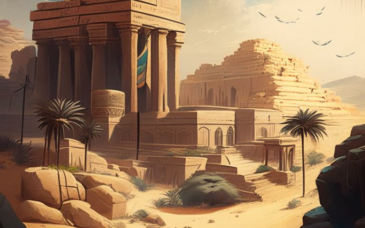Archaeology bridges the ancient past with the present, offering tangible evidence for stories that have long lived in the pages of sacred texts. In the case of the Bible, archaeological discoveries in modern-day Iran (ancient Persia) and Israel have revealed compelling clues that align with biblical accounts—shaping our understanding of history, faith, and cultural identity.
Both nations are rooted in antiquity, and their lands hold secrets of empires, prophets, and exiled peoples. Together, Israel and Iran represent two of the most archaeologically rich regions for exploring biblical history from exile to restoration.
1. Iran: Traces of Ancient Persia in the Biblical Narrative
Though not part of biblical Israel, ancient Persia plays a vital role in the Hebrew Bible—especially during the post-exilic period. Several archaeological sites in Iran correspond directly to figures and events mentioned in the Bible.
Persepolis and the Persian Kings
The grand capital of Persepolis, founded by Darius I and expanded by Xerxes I, showcases the wealth and sophistication of the Achaemenid Empire. Though the Bible doesn't name Persepolis directly, the kings who ruled from there—Cyrus the Great, Darius, and Xerxes—are central to the books of Ezra, Nehemiah, Esther, and Isaiah.
These ruins confirm the existence of the Persian monarchy as described in Scripture, and the administrative systems they employed—such as satrapies and royal edicts—correspond with biblical references.
The Tomb of Cyrus the Great (Pasargadae)
Located in Pasargadae, the tomb believed to belong to Cyrus the Great is a UNESCO World Heritage Site. Cyrus is praised in the Bible as a liberator of the Jews:
"Thus says the Lord... I will raise up Cyrus in my righteousness..." (Isaiah 45:13)
The structure’s simplicity and enduring symbolism echo the role Cyrus played in ending the Babylonian captivity and allowing the Jews to return to Jerusalem.
Susa: Setting of the Book of Esther
The ancient city of Susa, now Shush in modern Iran, was a royal Persian residence and the setting for the Book of Esther and parts of Daniel and Nehemiah. Excavations have revealed a royal palace complex that matches the grandeur described in the biblical accounts of King Ahasuerus (Xerxes I). These ruins affirm the plausibility of the narrative setting in the heart of the empire.
2. Israel: Unearthing the Biblical Heartland
In Israel, archaeology has been a constant partner in the exploration of biblical events—from patriarchal journeys to temple worship and prophetic visions. Thousands of digs have revealed layers of human activity that parallel the biblical timeline.
Jerusalem and the Second Temple Period
Excavations around the Temple Mount and City of David have uncovered remnants from the Second Temple period, confirming aspects of life under Persian rule. Coins, inscriptions, and structural remains from the 6th to 4th centuries BCE offer evidence of Persian administration, consistent with the books of Ezra and Nehemiah.
Lachish Letters and the Babylonian Siege
Found at Tel Lachish, these ancient Hebrew inscriptions date to the time just before Jerusalem fell to Babylon. Though pre-dating the Persian period, they provide important context for the exile that Cyrus would later end. The letters mention military turmoil and align with the events described in Jeremiah and 2 Kings.
Qumran and the Dead Sea Scrolls
While discovered later (20th century), the Dead Sea Scrolls—dated between the 3rd century BCE and 1st century CE—include fragments of texts written during or shortly after the Persian period. These scrolls help validate the textual tradition of the Hebrew Bible, including books that reference Persian-era events.
Connecting the Sites: A Shared Sacred Geography
Though separated by borders and political divides, Iran and Israel share a sacred geography tied together by the biblical narrative. The lands that once formed the Achaemenid Empire and the Kingdom of Judah now hold archaeological evidence that supports the continuity and authenticity of these ancient stories.
The return from exile, the rebuilding of the temple, the rise of Jewish identity—all of these pivotal moments are not only narrated in Scripture but supported by artifacts, ruins, and inscriptions in both countries.
Challenges and Opportunities
Political tensions between Iran and Israel have made cooperative archaeological research nearly impossible. Yet scholars and historians continue to analyze findings from both regions to build a fuller picture of the ancient Near East.
As digital archaeology, satellite imaging, and cross-border academic collaboration grow, there is hope that more insights will emerge, transcending modern divisions to uncover a shared historical past.
From the ruins of Persepolis to the walls of Jerusalem, archaeology has become a powerful tool in tracing the arc of biblical events across Iranian and Israeli soil. These ancient stones speak to a time when prophets walked, kings ruled, and empires shaped destinies. As we continue to dig—literally and metaphorically—we uncover not only evidence of biblical truth, but the interconnectedness of peoples once separated by exile and now, by politics.
